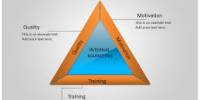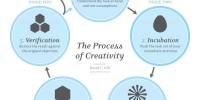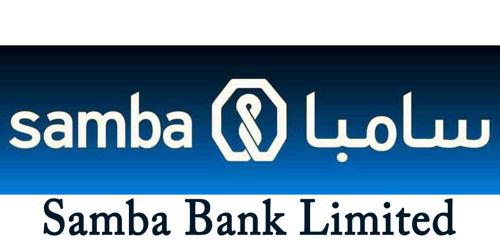There are a variety of styles and formats used for marketing plans. The following section headings will help you organize your plan. The content of the plan is much more important than rigid adherence to a specific format.
Executive Summary
The Executive Summary highlights the main goals and recommendations of the marketing plan. It should also briefly address budget requirements and how success will be measured.
Business Overview
This section is sometime referred to as the Situation Analysis segment. In a typical marketing plan, it contains relevant background on the market, product, pricing, and distribution situations as well as on competitors. Information Centers can describe their business in these terms as well. Assuming the planning process takes place at the end of a fiscal year, this section may be a recap of the business for the past 12 months. Consider describing your customer base, services required by your customers, and environmental factors affecting your operation. Yes, Information Centers have competition. How has the Internet affected your business? Are other departments loading content for their use? Include any hard or anecdotal data on ROI available to you, as well as information on the Information Center’s impact on the business.
Some marketing plan templates include the SWOT (Strengths, Weaknesses, Opportunities, Threats) Analysis in this segment. Others insert a separate segment devoted to the SWOT Analysis. In the light of the business situation just described, you must now reflect on strengths and weaknesses of your operation, as well as opportunities and threats to be dealt with in the coming year.
Target Market
How well do you know your target market? How well do you understand their information needs? Can you articulate what your customers and potential customers need as opposed to what you offer? Are there groups to whom you should be “selling” who are not now “buying” your services? Are there ways to segment your market so that you can offer highly specialized products and services to various groups, reflecting their business priorities? What kind of products should be offered to a broad base of users? Answering these questions will help you define your target market.
Goals
What do you want to achieve? The goal statement(s) should be challenging and yet, attainable. Is it important to increase the number of departments served? Which departments? Do you intend to provide more training programs? Sample goal statements might read:
- Establish relationship with Legal and Regulatory Departments in first quarter.
- Reduce staff time spent on call-in, ad hoc requests for help with Internet searching
Marketing Strategies
Here strategies and programs are outlined which will help us reach the goals outlined above. For the two goals suggested previously, strategies might read as follows:
- Provide daily news delivery for all persons in Legal and Regulatory Departments on trial basis for 2 weeks as first step in increasing business with these departments.
- Increase the number of Internet training sessions by 10% over the course of the year.
Implementation Tactics
Tasks required to implement and monitor each strategy are listed in this section. With each task, the person responsible for the task, and a completion target date are indicated. Having a plan of action with specific tasks ensures that the details are clear and that specific persons are accountable. For example:
Daily news delivery trial for Legal & Regulatory Departments
Task | Description | Person Responsible | Completion Date |
| a) | Meet with Department Directors to promote plan, including budget implications for departments following trial. | M.L. | 1/15 |
| b) | Meet with vendor to set up trial. | J.V. | 1/15 |
| c) | Work with vendor and designates from each department to define profiles. | M.L., J.V. | 1/22 |
| d) | Schedule meeting with all members of both departments to pro-mote trial; sell concept of customization following 2-week trial. | M.L. | 1/30 |
| e) | Launch trial. | All | 2/1 |
| f) | Schedule mid-trial meeting for feedback and refinements. | J.V. | 2/8 |
| g) | Assess trial results. | M.L., J.V. | 2/15 |
| h) | Launch customized news delivery to groups. | J.V. | 2/18 |
| i) | Review on quarterly basis. | M.L., J.V. | 4/1,7/1,10/1 |
Increase the number of Internet training sessions by 10% over the course of the year.
Task | Description | Person Responsible | Completion Date |
| a) | Review most frequent requests for help with Internet and deter-mine appropriate applications for classes. | D.H. | 1/15 |
| b) | Contact Consultant to design course on government sites | D.H. | 1/20 |
| c) | Review course proposed by consultant and set targets for testing. | M.L., D.H. | 1/30 |
| d) | Trial run of course with Information Center staff. | D.H. | 2/20 |
| e) | Schedule and promote course for organization | D.H. | 3/1 |
| f) | Review and modify, if needed, based on evaluations. | D.H., Cons. | 3/15 |
Budget
How much will the activities defined above cost? Can you provide a revenue forecast? Explain the assumptions on which the forecast is based and consider various (best case, worst case) scenarios. Since many Information Centers now operate as cost centers, if not profit centers, this component of the plan is extremely important.
Evaluation of Results
What are the success criteria? How will you measure success of the plan? By monitoring progress, you can judge the success of the marketing plan. If some of the strategies are not working out, try to determine why. Is the strategy flawed? Is there a problem with implementation or timing? How can you refocus and move on?
















